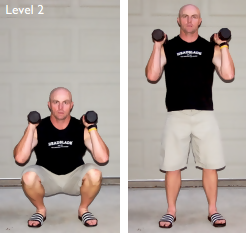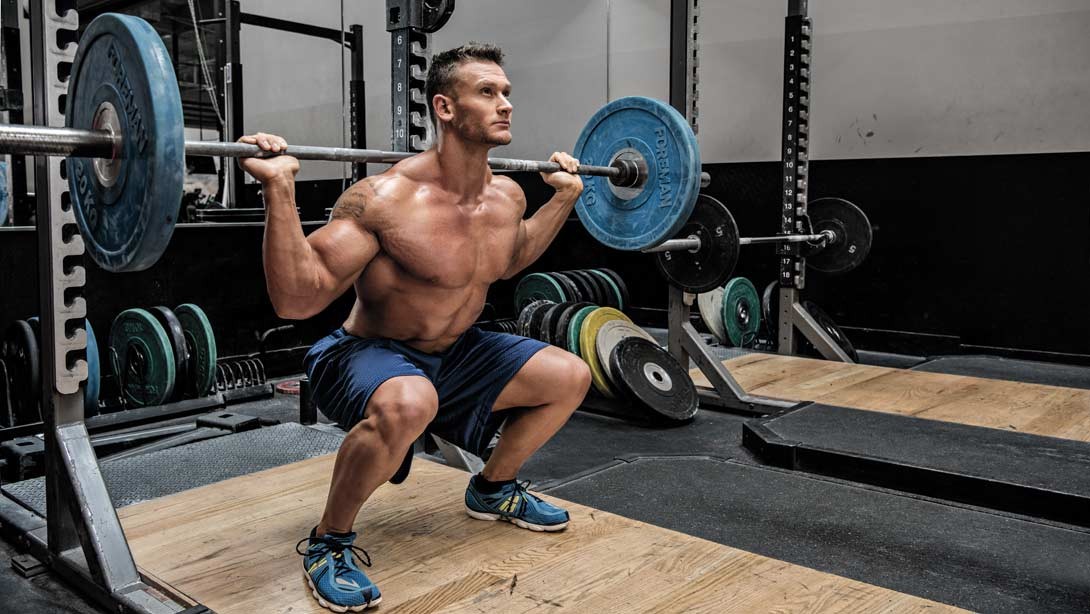
6 Mistakes When Using Dumbbells. Don’t Make It Wrong! Be a Powerful person!
NUTROONE Q&A
Q: Do I need to warm up before using dumbbells?
A: If you aim for targeted training, stretching exercises are essential for warming up. This helps increase your flexibility and reduce the risk of injury.
Q: Should I do cardio exercises before weight training with dumbbells?
A: Many people start with cardio and spend a lot of time on it because they believe it will help with weight loss. While it can aid in weight loss, it may tire your body too soon, significantly reducing the effectiveness of subsequent strength training. This is not a good idea for those looking for quick results.
In fact, dumbbell training itself is another form of cardio exercise that enhances strength and muscle growth while burning calories. Therefore, there’s no need to do cardio before strength training.
Q: Does choosing heavier dumbbells mean I can become a bigger, muscular guy faster?
A: Building muscle is not easy. Many people believe that lifting heavier dumbbells speeds up muscle training and leads to quicker gains. However, many overestimate their abilities. Lifting dumbbells isn’t just about a few reps; if you choose weights that are too heavy and struggle to lift them, you are at high risk of injury. Progress gradually is the key! Aim for 8-15 reps in a set to find your suitable weight.
Q: If I do each rep faster, will I gain muscle quicker?
A: Remember, speed doesn’t equal size. Muscle contraction and relaxation require time. Moving too quickly may actually reduce the effectiveness of your muscle training and increase the risk of injury.
If you want to know whether muscle soreness after training means the workout was more effective, you can refer to this article.
Q: Is it important to maintain proper form?
A: Dumbbell exercises typically consist of two to three sets, so it’s crucial to maintain proper form and grip the dumbbells correctly. Keep your back straight and arms aligned. For certain movements that require a 90-degree lift, it’s best to follow through; otherwise, you may waste your workout time.
Q: How long should I rest between sets?
A: Experts recommend that for effective dumbbell muscle training, aim for 15-20 reps per set, doing 2-3 sets daily. Between sets, rest for no more than 2 minutes, as muscles need short recovery times to remain effective. If you don’t manage your rest time properly, you’ll need to start your dumbbell training over again.
Finally, one last point to note:
Muscle Fatigue!! What does muscle fatigue mean? Many people think that as long as they can complete the last rep and feel they can’t do another, they have reached fatigue. This mindset is dangerous because if you struggle to complete that last rep, you’re likely to engage the wrong muscles and increase the risk of muscle strain. Therefore, the key to reaching muscle fatigue is to complete the last rep in proper form without being able to do another one.



No Comments